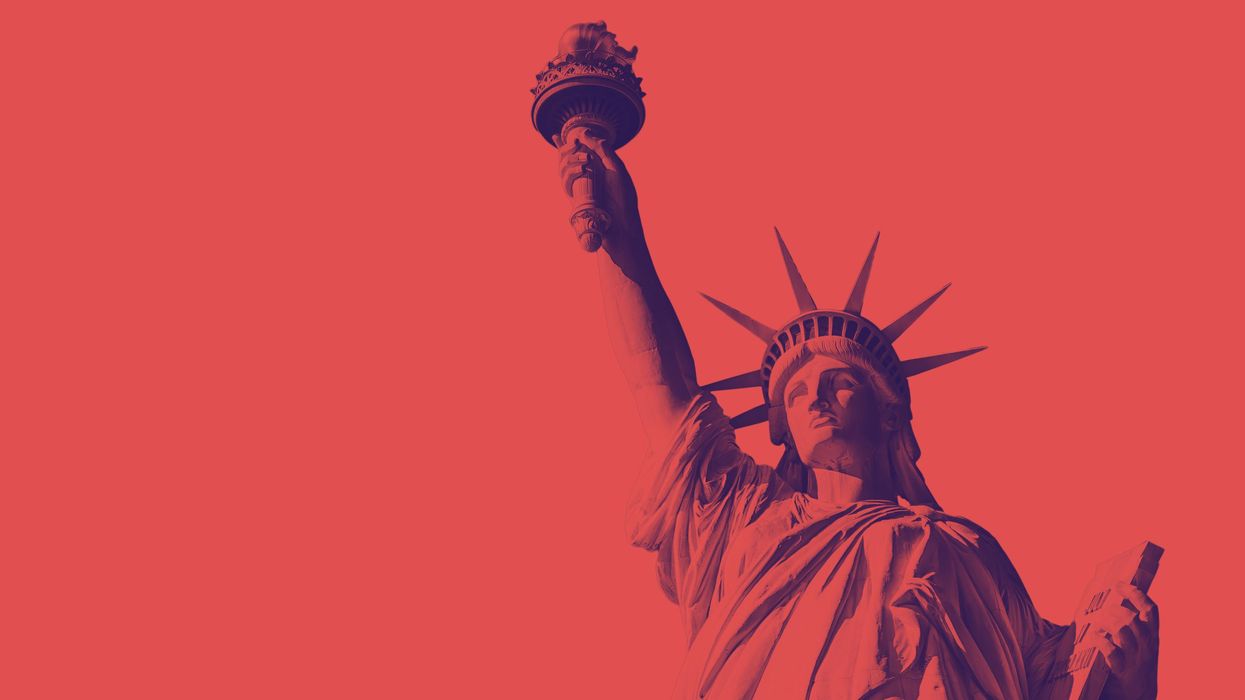In the first article of this series, we explored how the collapse of civil society left Americans vulnerable to authoritarian appeals. Here, we look at why those same civic institutions—newsrooms, libraries, unions, school boards—are the first targets of authoritarian movements.
Voting, while important, doesn’t keep democracy alive. It needs places where people gather in person to solve problems, such as school board meetings, union halls, local newspapers, block clubs, libraries, and faith-based nonprofits. These institutions form what social scientists call civil society—a network of voluntary groups that connect people with government. They are where democratic habits are learned: negotiation, compromise, listening, and the capacity to see one’s neighbor not as an enemy, but as a fellow citizen.
Americans once had these civic skills in abundance. Alexis de Tocqueville noted that America’s genius for democracy came not from its laws or geography, but from its unrivaled ability to form associations. Today, these associations create what Robert Putnam called bridging social capital—relationships that connect people across lines of difference. This is the social fabric that democracy needs to breathe.
But that fabric is fraying. And when it frays, so do the habits that make pluralism possible.
The unraveling of America’s social fabric has been happening since the 1970s, but the pandemic, global capitalism, social media, and rapid technological change have all accelerated the sense of instability. COVID-19 upended routines, strained public services, and exposed deep inequalities—leaving many people anxious and distrustful of institutions.
Global capitalism has widened economic divides. Good industrial jobs have vanished, while wealth concentrates in the hands of multinational corporations and financial elites. For many, the economic system feels rigged, and the promise of upward mobility more distant than ever.
Social media, far from connecting us, now fuels outrage and division. Algorithms reward conflict over understanding. Misinformation spreads faster than the truth, making it harder to sustain a shared reality.
Technology continues to disrupt industries and daily life. Automation, surveillance, and AI bring both convenience and uncertainty, making it harder to feel secure in one’s job, privacy, or future.
Together, these forces have frayed the institutions that once offered stability. Churches, unions, local media, and community groups are weaker than they were a generation ago. In their absence, people search for meaning and belonging in a world that feels increasingly chaotic.
It’s no surprise that movements offering identity, clarity, and a clear sense of who to blame—however simplistic—are gaining traction. The pattern is not new. In the 1930s, amid economic collapse, authoritarian movements flourished by offering similar appeals: certainty in place of chaos, loyalty in place of debate, scapegoats in place of solutions. Then, as now, the promise of order often proved more seductive than the work of defending pluralism. When fear takes hold, people don’t just want answers—they want someone to take control.
Strongmen and their supporters understand this. They stoke resentment and confusion to exploit the chaos that follows. We’re already seeing this dynamic in action. The Trump administration’s decision to send the National Guard to suppress peaceful protests in Los Angeles—despite no request from California’s governor—is a striking example. It wasn’t about restoring peace; it was about asserting power.
When civil society breaks down, the void it leaves isn’t filled with empathy. It’s filled with resentment.
Following the Authoritarian Playbook
Authoritarians don’t seize power by banning elections overnight. They begin by hollowing out the institutions that allow citizens to organize, question authority, and imagine alternatives. In addition to targeting political opponents, they focus on the civic foundations of democracy: unions, libraries, universities, and independent media. These aren’t threats because of what they believe, but because of what they do. They foster self-government—debate, cooperation, dissent. To build a compliant population, you first weaken the muscles that make resistance possible.
The playbook is well-worn. In 1980s Poland, it was the Solidarity movement—a labor union backed by teachers, clergy, and intellectuals—that fractured Soviet control. Not elected office, but civil society made the breakthrough. We've seen it elsewhere: Viktor Orbán in Hungary packed universities and closed opposition papers; Erdoğan jailed journalists and shut down NGOs; Putin co-opted churches and branded civil groups as foreign agents.
That’s why modern autocrats don’t start with tanks—they start by defunding and discrediting the groups that teach people to think for themselves. The military comes later—after resistance is disorganized and the public sphere hollowed out. By then, the civic muscle needed to push back had already been weakened.
Trump doesn’t copy the blueprint in full, but he builds from its design. His attacks on the “deep state,” his crusade against educators, and his moves to defund NPR, PBS, and the NEH all target the same thing: the institutions that mediate power and cultivate pluralism.
Civil servants were cast as saboteurs. Teachers were smeared as groomers. Journalists were called enemies. Even public health officials—once above politics—were treated as traitors. The goal wasn’t to win debates. It was to poison the very ground on which debates happen.
Conclusion: The Other Playbook
Trump believed that by accelerating the authoritarian playbook—gutting institutions, polarizing the public, deploying force—he could catch civil society off guard. And for a time, he wasn’t wrong. The initial blitz of executive orders, rhetorical bomb-throwing, and institutional sabotage created confusion and fear.
But that window is closing.
Civil society is stirring. Courts are pushing back. Protesters are returning to the streets, fueled by outrage not just at overreach but at the erosion of democratic norms. If this momentum holds, the summer ahead will be defined not by submission, but by defiance. Trump may have weakened the civic immune system—but it’s fighting back.
Yet how we fight matters. Peaceful protest is a civic act—it strengthens democratic norms by modeling them. Showing up, speaking out, and standing together in nonviolent ways are how civil society asserts itself. Violence, by contrast, weakens civil society. It plays directly into the hands of authoritarians, who are eager to justify repression and depict dissent as disorder. The challenge now is to sustain resistance in a way that reflects the very values we are defending.
Meanwhile, the economic reality is becoming increasingly difficult to ignore. The consequences of Trump’s policies—tariffs, budget gimmicks, and erratic messaging—are starting to bite. Small businesses are pulling back, consumer confidence is slipping, and many families are falling behind. The illusion of control is wearing thin.
Authoritarianism thrives on despair and division. But democracy, when tested, has a habit of fighting back. The social fabric Trump sought to tear apart is frayed—but not broken. Across neighborhoods, courtrooms, classrooms, and city squares, people are threading it back together. And that quiet act of repair may yet be the most powerful resistance of all.
Robert Cropf is a professor of political science at Saint Louis University.



















